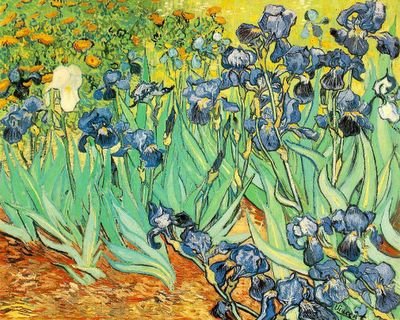
Highest bid. “The sale in 1987, at auction by Sotheby's, of van Gogh’s Irises for $53.9 million was the highest ever price paid for a painting. It now turns out that half the price--$27 million--was loaned the “buyer” by Sotheby's which has retained possession of the painting for all but six months since the sale and has it now. The sale, if that is what it was, has the art world in an uproar. It raises the troubling question: Was this just a way to kite prices? The tab on old and new masters generally tends to rise when a benchmark purchase of this magnitude and notoriety is made; whatever Sotheby ultimately nets on “Irises,” the value of the remainder of its vast inventory is increased. As Alan E. Salz, Director of Didier Aaron gallery puts it, “Every painting sold since then has been measured against it...[and] ...maybe that wasn't a real price.” The art world is disturbed about more than the fact that this particular sale may have been manipulated: David Tunick, a New York dealer says “the art market has become so monetized...people have begun to think of art as a legitimate form of investment.” Richard L. Feigen, another art dealer notes “It's exactly like buying on margin ... by extending credit you are further inflating the prices, which are rapidly getting out of control.”-- Murray L. Bob; Monthly Review, Vol. 41, March 1990.
No comments:
Post a Comment